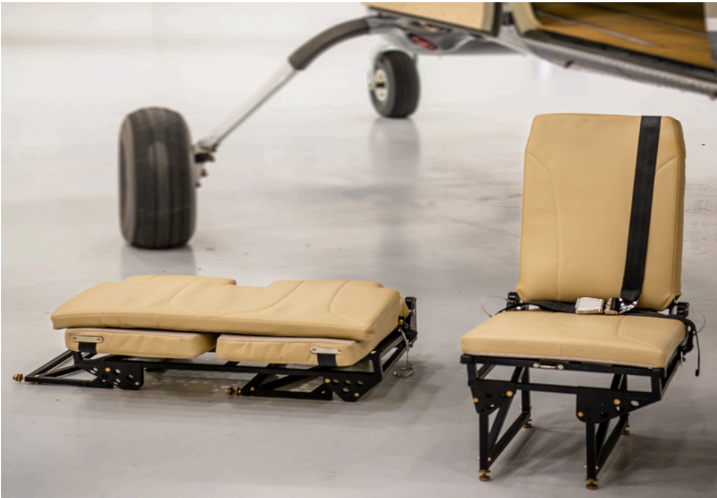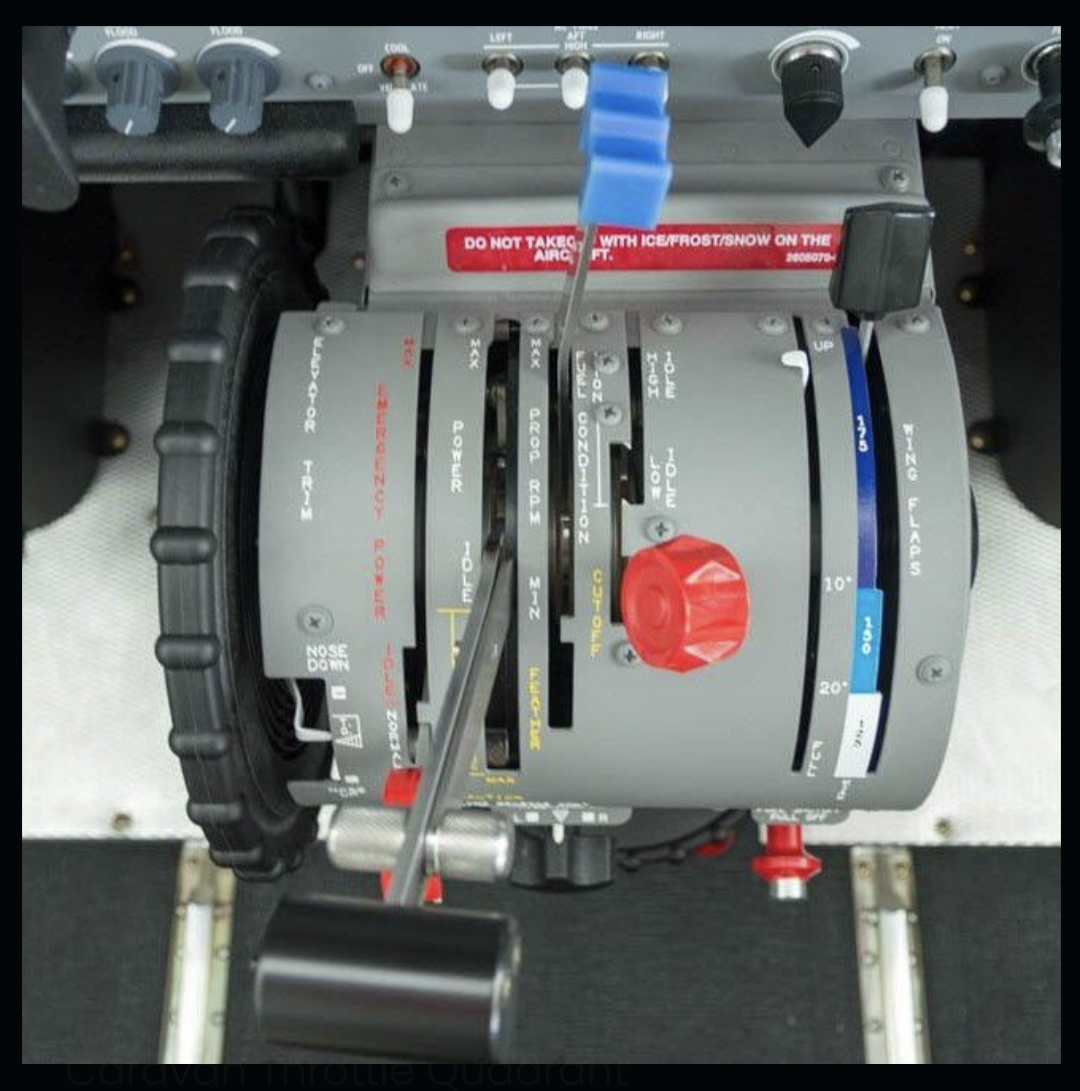The Caravan was born in the “Air Capital of the World” — Wichita, Kansas. The first
Caravan, N208LP, made its maiden flight from nearby McConnell Air Force Base. Today,
pilot training and maintenance training for the Caravan continue in Wichita at the
Wichita East Learning Center and the Wichita Maintenance Learning Center.
The Wichita East Center features 23 advanced simulators, including all three Caravan
simulators: the Caravan G1000, Caravan G600, and Caravan I. Before my arrival, the
FlightSafety Textron team provided access to their excellent MyFlightSafety portal
and FlightBag app — both powerful study tools.
Upon arrival, I was welcomed by Center Manager Scott Politte and Sales Manager
Mike Croitoru. Their professionalism and genuine enthusiasm immediately reminded me
why FlightSafety is trusted worldwide. This was my third learning center visit, and
once again I felt their commitment to high-quality training.
After a tour of the impressive facility, I was introduced to Caravan instructor
Jerry Sheehy — knowledgeable, welcoming, and highly experienced. Many instructors
at the center have spent years perfecting their craft, a strong sign of dedication
and passion.
Students can choose between in-person classroom learning or LiveLearning (online).
I prefer hands-on training, so I chose the classroom option. The center also has
a Caravan Garmin G1000 training kiosk, a fantastic tool for learning every detail
of the system — especially useful for pilots transitioning from analog flight decks.
My instructors for the G1000 kiosk, Brad Amstutz and John Scott, were patient,
knowledgeable, and thorough. The kiosk makes it easy to develop “muscle memory”
for G1000 flows, menus, and procedures.



